SAEDNEWS: The Sirvan River, flowing through Kurdistan Province, offers breathtaking landscapes and rich biodiversity, making it a must-visit destination for nature enthusiasts and cultural explorers alike.
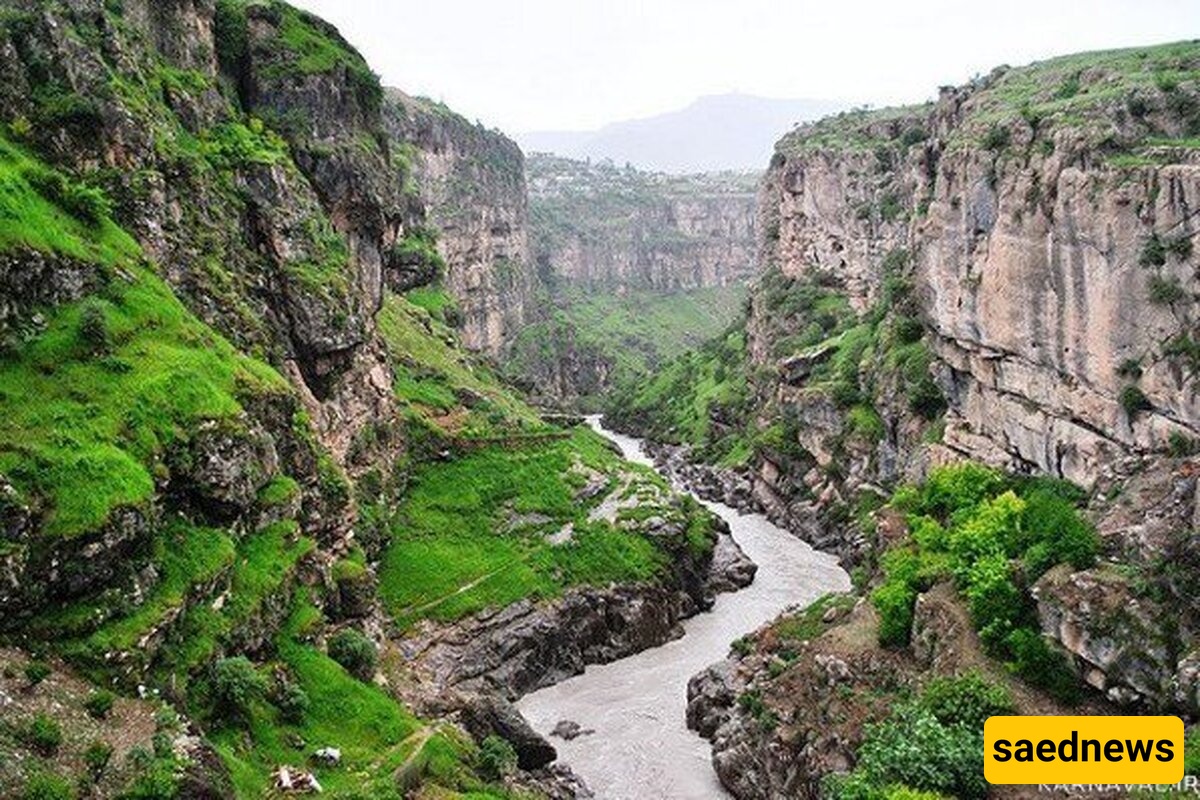
The Sirvan River is one of the tourism attractions of Kurdistan Province. This river is formed after the joining of the waters of the southwestern, western, and central parts of the province—such as Qeshlaq, Gaveh Rood, and Gardlan—and it embarks on a long route, watering many lands with its winding path. The river divides Sarvabad and the ancient region of Uraman into two parts, and the only important connection between these two parts is the Doab Bridge, located about 25 kilometres northwest of Paveh.
Sirvan, after traveling a long course, converges with the Laili River and enters Iraqi Kurdistan. From there, by joining the Diyala River, Sirvan merges into the great Tigris River and ultimately pours into the always-blue Persian Gulf.
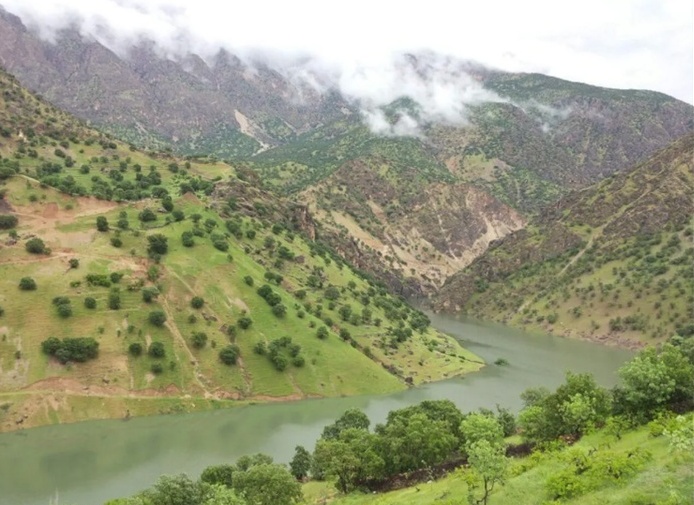
Uraman borders Iraq to the west, Kurdistan to the north, and Javanrud to the south, and a 75-kilometre-long road connects it to the city of Marivan. The Sirvan River, located near Uraman, separates this region from Sarvabad. If you plan to travel to Uraman and Sirvan, the best route is the distance between the villages of Spreez and Hajij. This route—due to the presence of a sandy road running parallel to the river—is considered one of the best nature-tourism routes in Iran, featuring many sights that are sure to capture your attention and satisfaction.
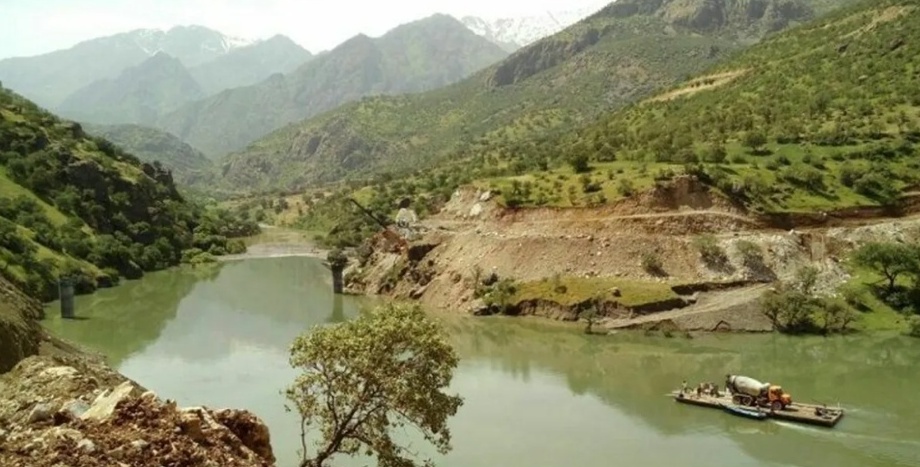
Mountainous temperate climate, abundant springs, lush pastures, and verdant orchards on the slopes of the beautiful Uraman Mountains have made animal husbandry—together with horticulture—the main livelihood of the people of this land. In this region, many animal and plant species can be observed, including the Persian squirrel, trees such as wūn, tangaz, mīlū, shrū, oak, wild pistachio, walnut, mulberry, pear, fig, pomegranate, and more. Additionally, valuable plants such as rhubarb, ivy, cress, bena, haz, shang, bahreza, halekok, tarshkeh, terezhehrazha, gaziakhe, gilakhe, nermileh, dehmehravasleh, bena shawane, artichoke, sepal, sideran, gozrovaneh, lo, zardeh lo, chenor, siavolo, kohma, komameh, tusi, shebbo, narcissus, and carnation also grow in this area.
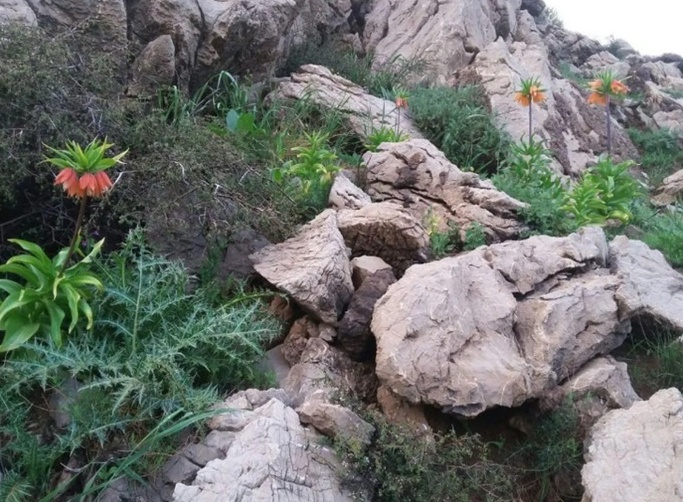
The Sirvan River travels a long path, along which many of the scenic destinations of Kurdistan and Kermanshah are located.
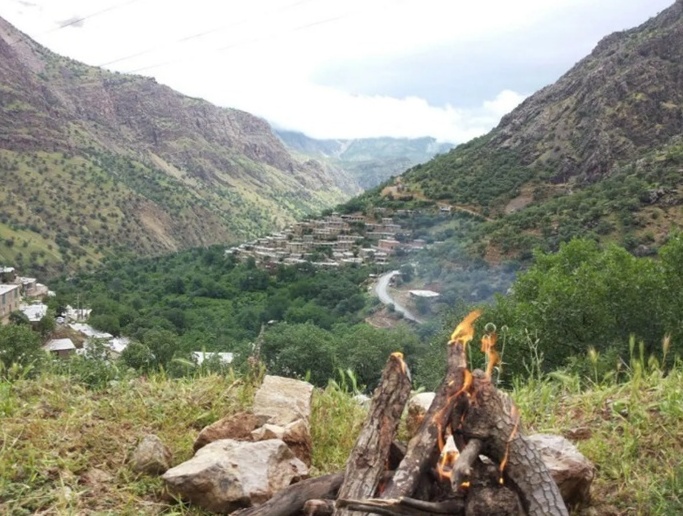
Hajij Village is located 34 km from Paveh and 123 km from Kermanshah in the Nowsud District. This village, with its amazing natural landscapes and stepped architecture, is one of the region’s major attractions. Within this village and its surroundings, interesting sights are found, some of which include the Bel Spring, the Grand Mosque, the heights of Shaho, and Chelleh Khaneh.
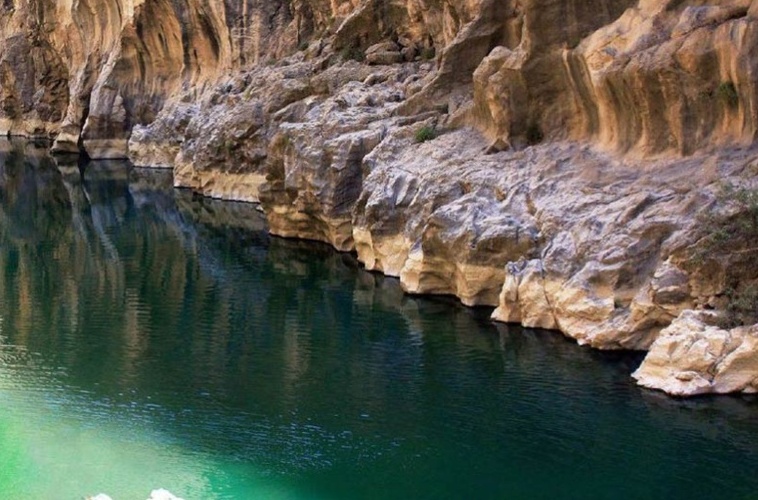
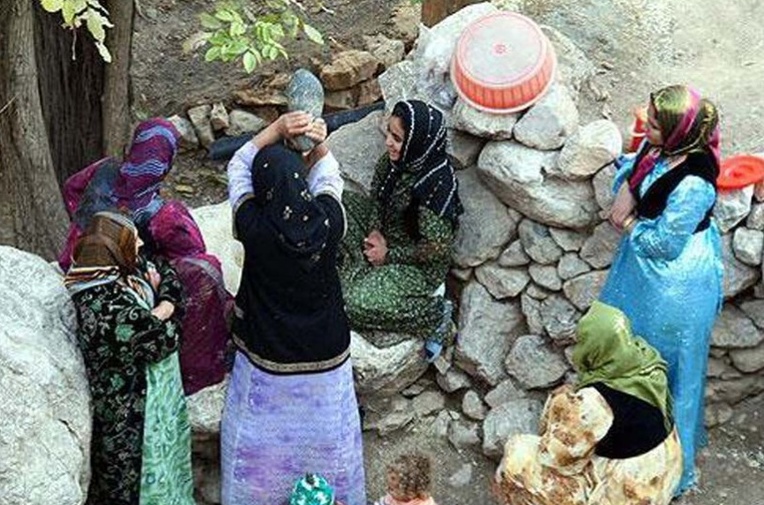
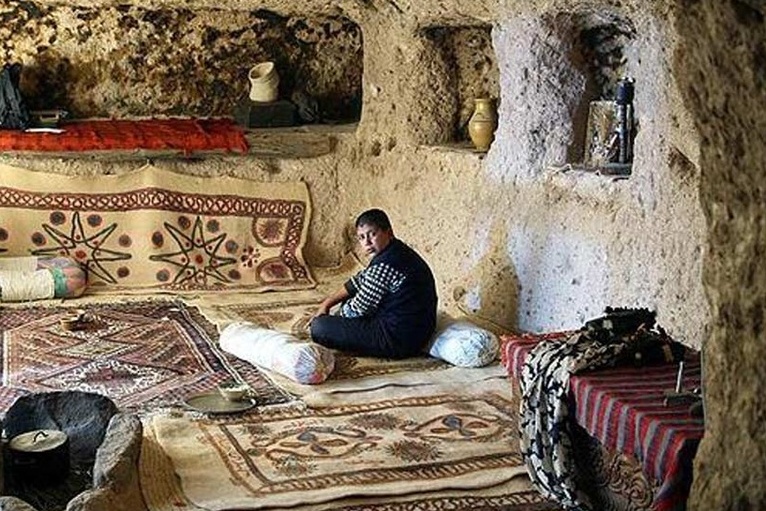
This region is one of the most famous tourist attractions in Marivan and Kurdistan Province, and its name is familiar to every Iranian. Pristine nature, stepped architecture, and historical antiquity have made Uraman one of the most remarkable places for both domestic and international tourists. Additionally, the Pir Shalyar ceremony and the tomb of Pir Shalyar draw many people to this spot every year.

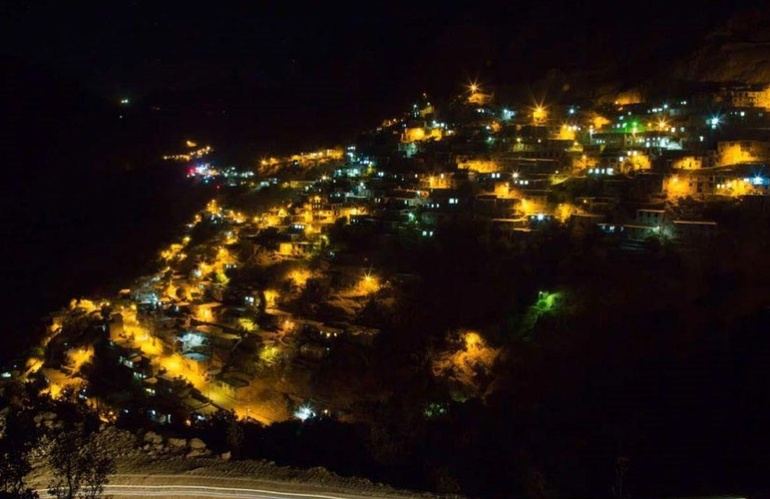
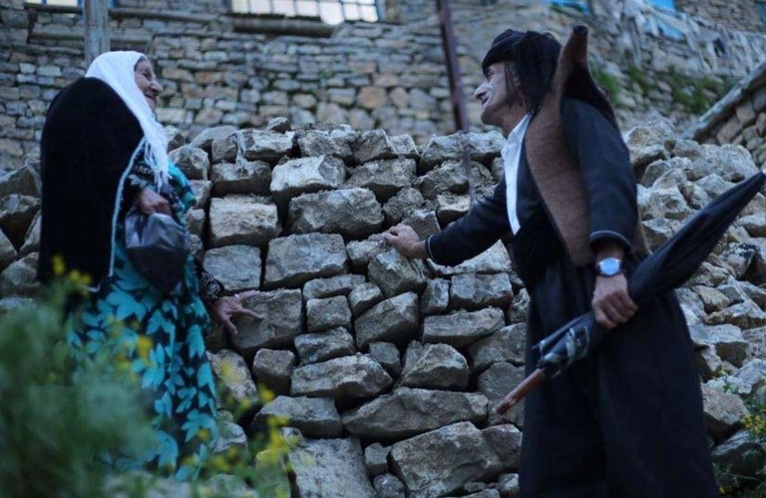
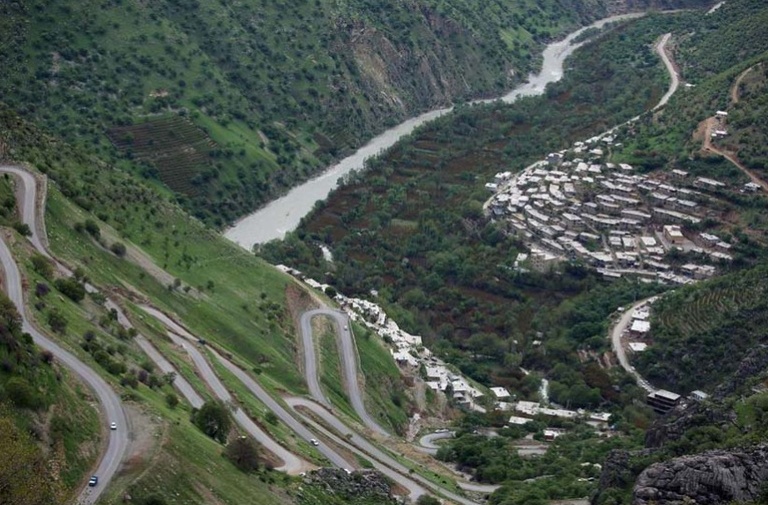
Palangan Village sits on the border of this province and Kermanshah, at the beginning of the Uraman or Hawraman region. With its kind people and stepped architecture, this village is like a lost paradise of Kurdistan. Waterfalls and springs along with the unique nature of the area have made Palangan an invaluable destination for nature travelers. The presence of historical remains such as Palangan Castle, historic bridges, and the village cemetery enhances its appeal.
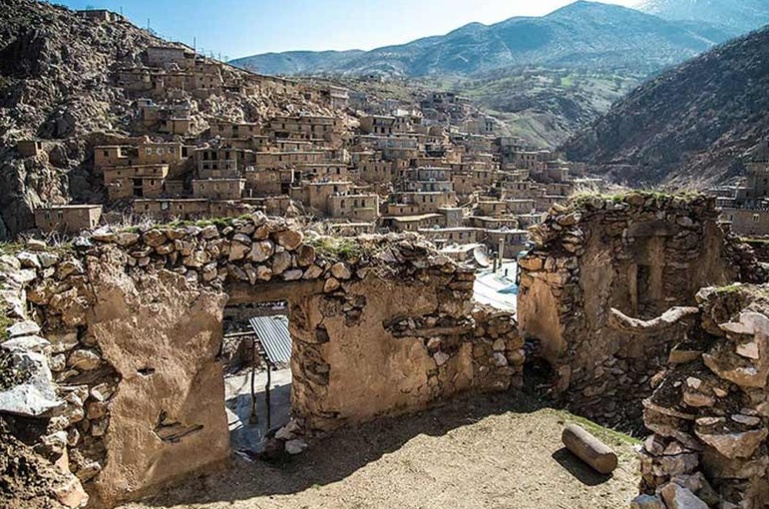
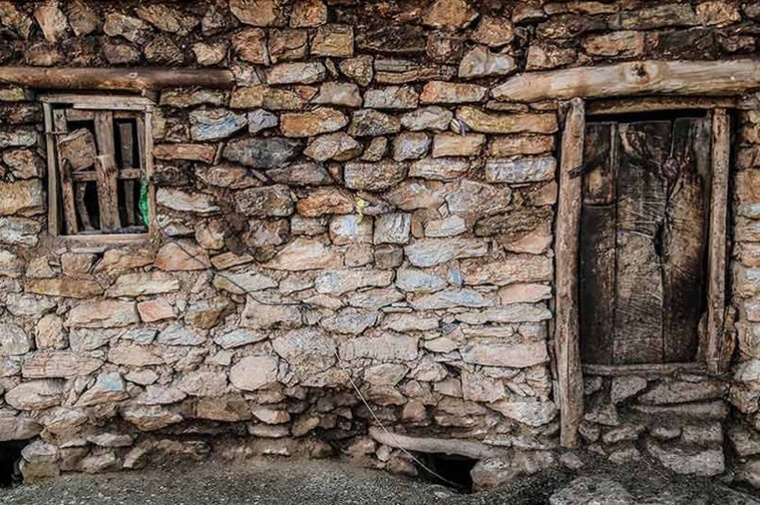
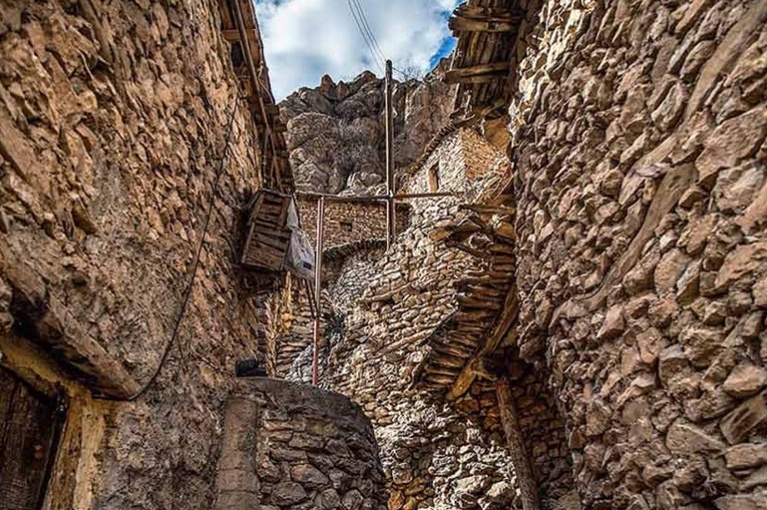
Sirvan River is the training and competition site for the province’s rowers and is sometimes selected to host national and international competitions. Therefore, if you are into boating, you can fully enjoy the river’s roaring waves. Please note that Sirvan River is dangerous for swimming, especially for children and amateur swimmers. The risk of drowning in this river is very high. Additionally, boating is only permitted in designated areas.
Besides boating, nature tourism and village tours are other activities you can enjoy along the river’s route.
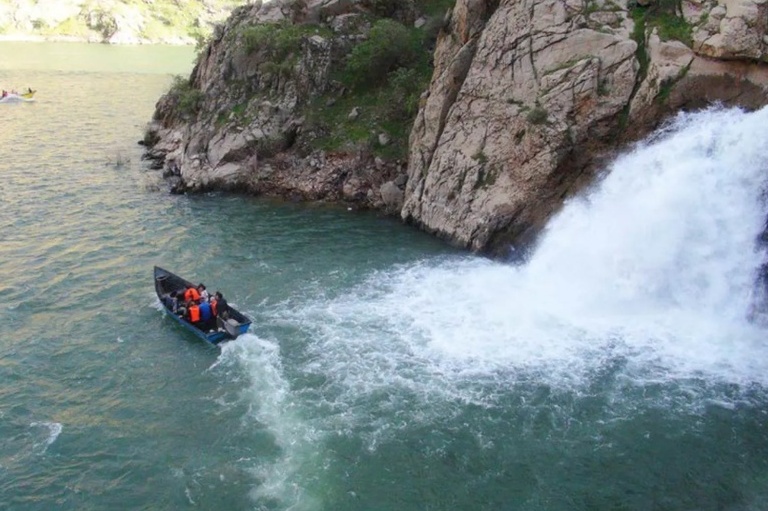
Considering the mountainous climate, the best time to travel to this area and visit Sirvan River is during the warmer seasons, especially summer; because in spring, due to snowmelt, the river water can be very cold. Of course, the nature of this region shows its own charm in every season, and traveling there can create an unforgettable experience for people with different tastes during autumn and winter as well.

